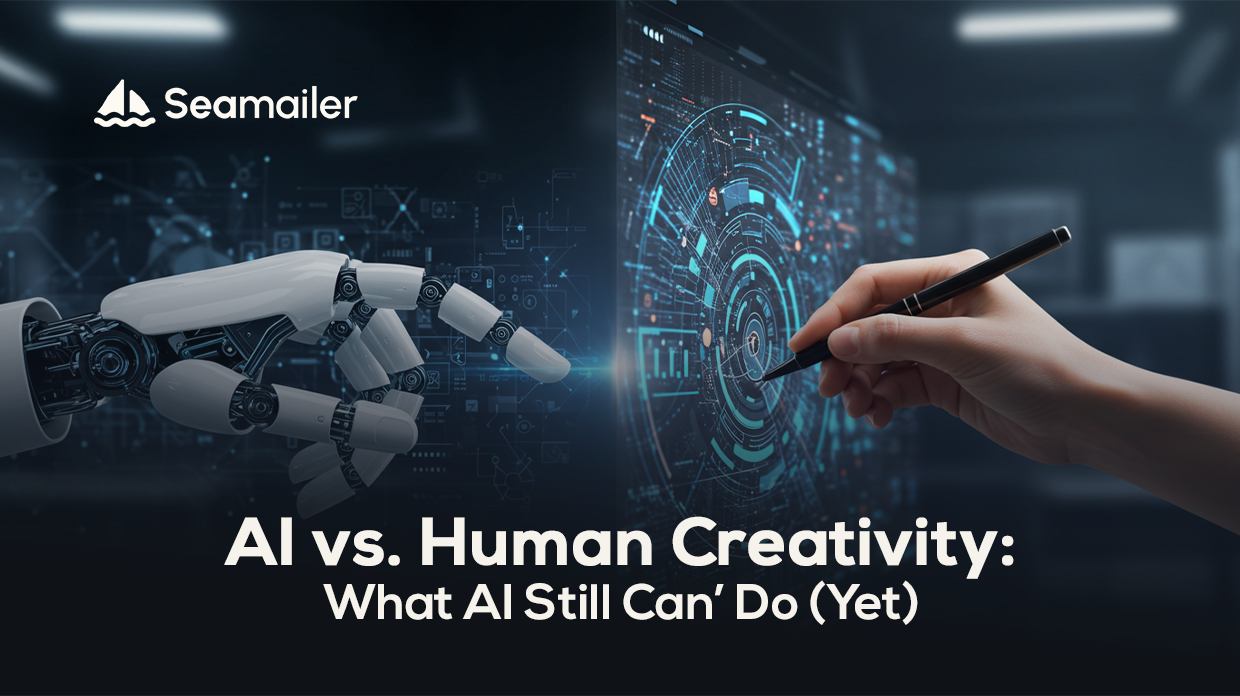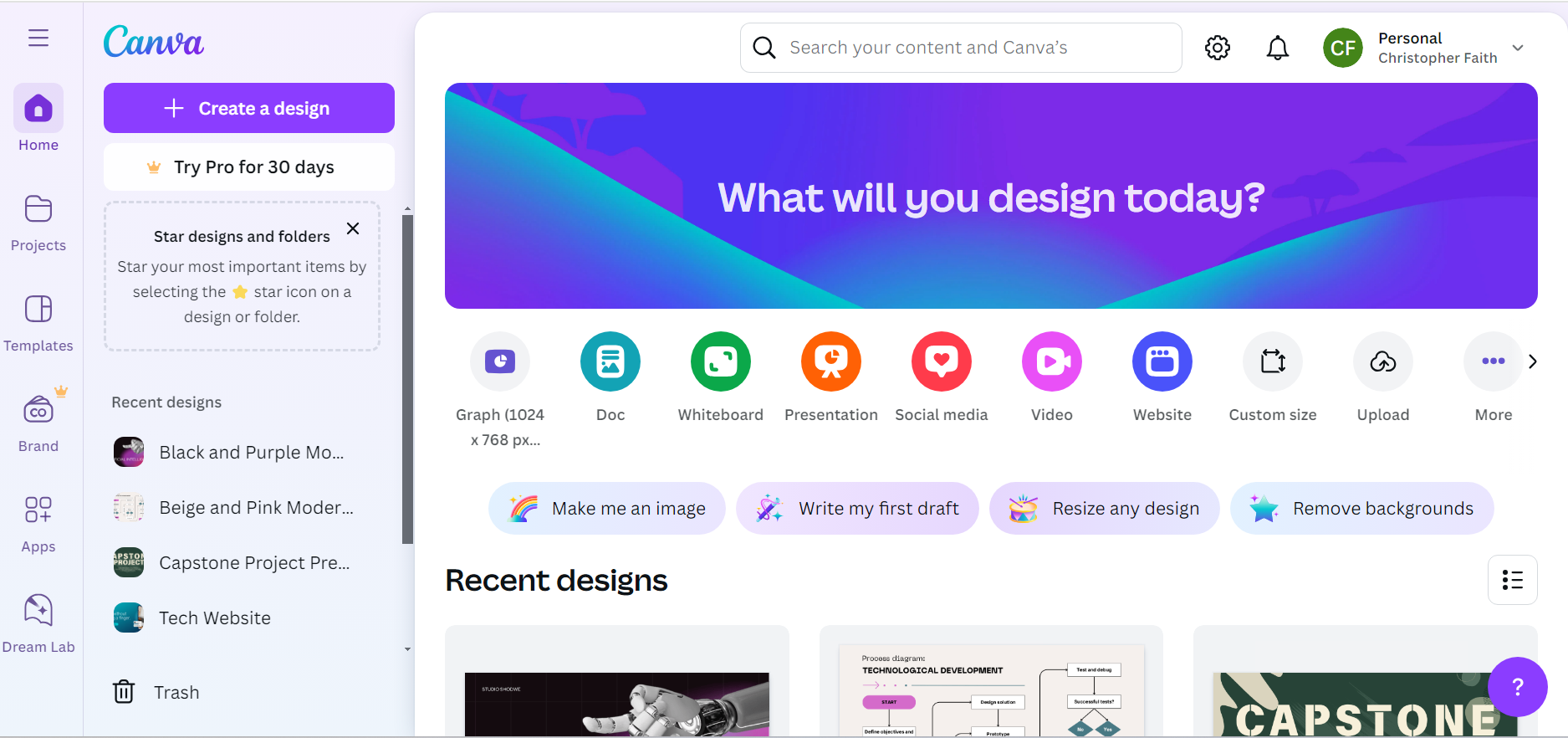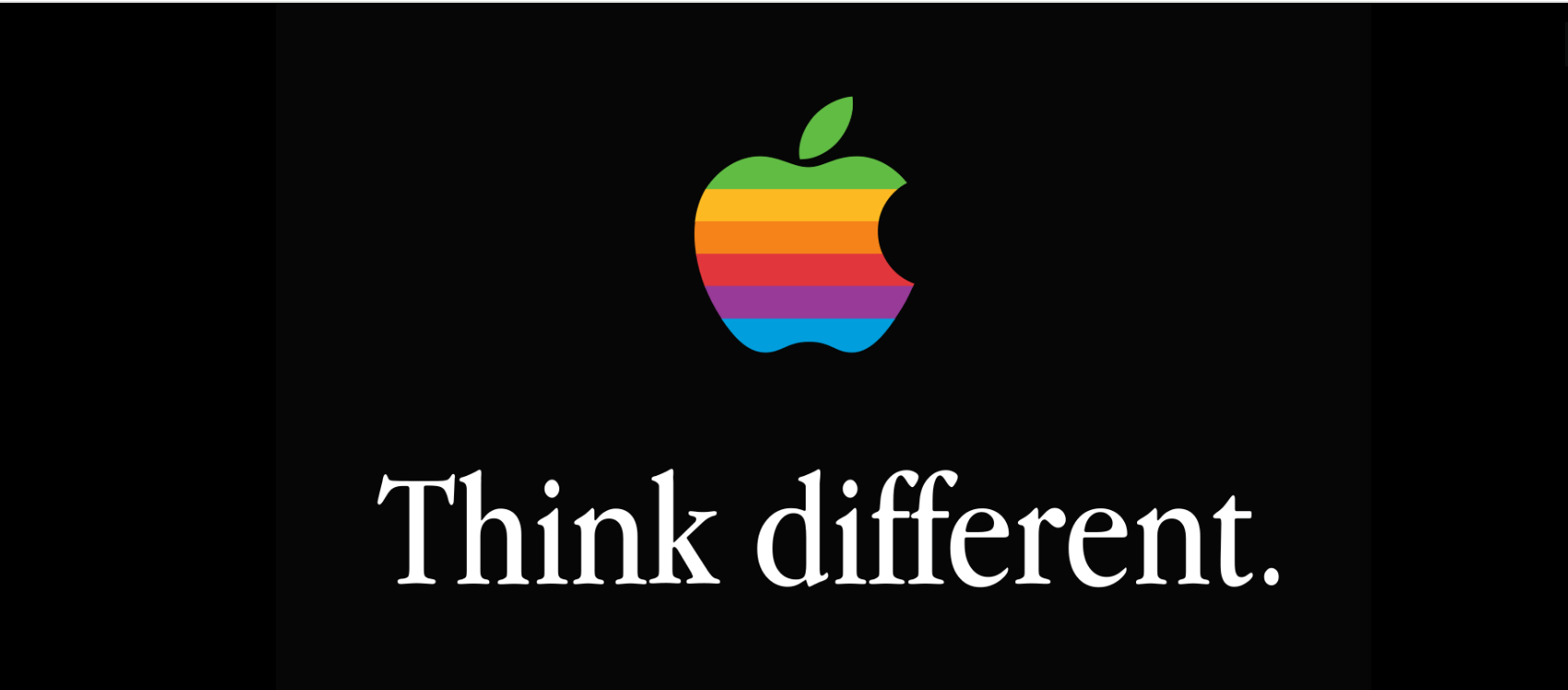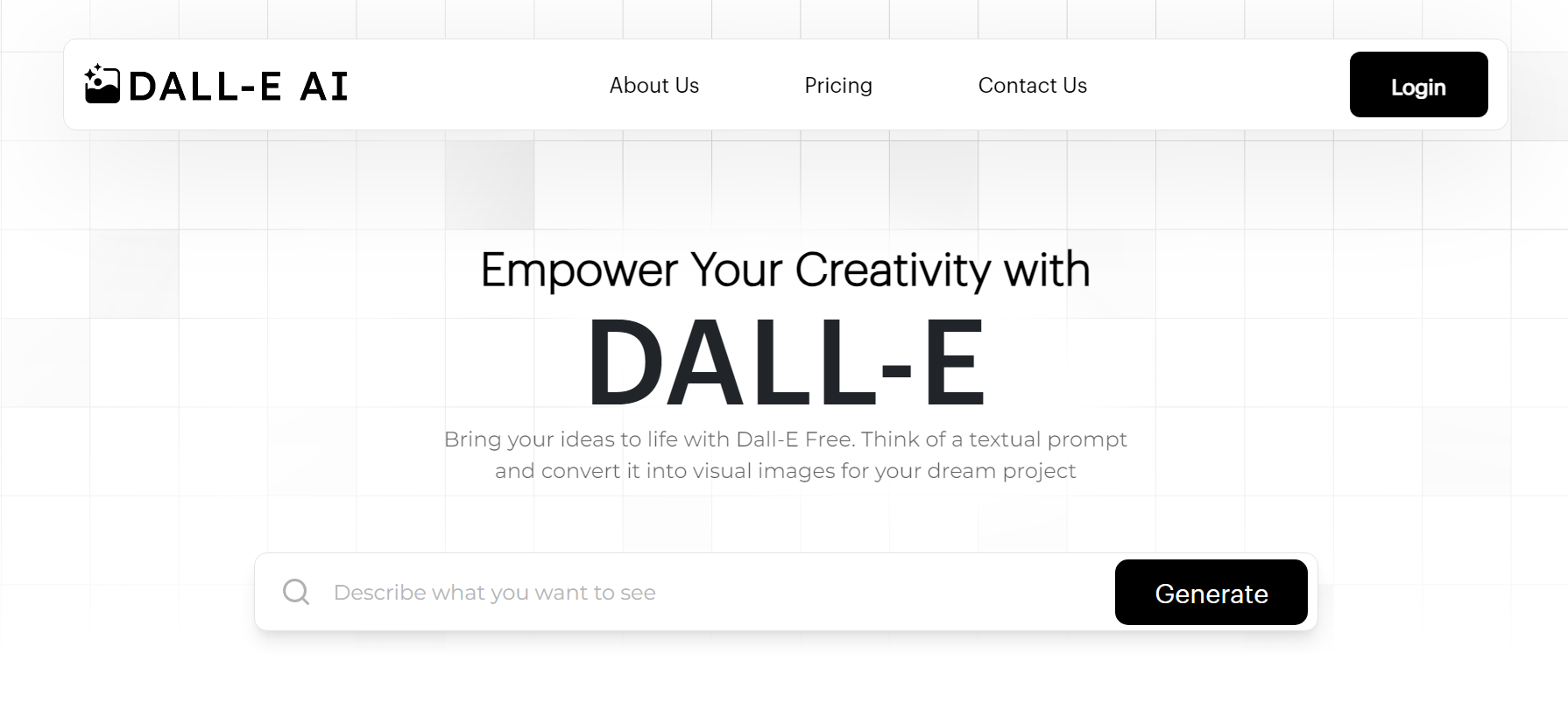AI vs. Human Creativity: What AI Still Can’t Do (Yet)

As technology continues to evolve, reshaping the way we live, work, and think, you may find yourself wondering whether artificial intelligence (AI) will ever truly match human creativity. AI has already demonstrated remarkable abilities, from creating intricate artworks to composing music and writing sophisticated texts.
However, human creativity is deeply rooted in emotions, experiences, and abstract thinking—elements that, despite its advanced capabilities, AI still struggles to fully replicate.
Keep reading to find out:
· The Rise of AI in Creative Industries
· What AI Excels At in Creativity
· What AI Still Can’t Do (Yet)
· The Synergy Between AI and Human Creativity
· Visual Content: Where AI Falls Short
· Why Human Designers Are Still Essential
· Conclusion: The Future of Creativity
The Rise of AI in Creative Industries
Artificial intelligence has rapidly permeated industries, particularly in marketing, art, writing, and design. From automated email campaigns to AI-generated art and personalized video ads, AI’s efficiency is unmatched. For email marketers using platforms like Seamailer.app, AI tools can streamline workflows, improve segmentation, and even predict optimal send times.
AI has been widely adopted across various fields, particularly in the technological domain, and was projected to create 2.3 million jobs by 2020.
However, as groundbreaking as AI is, there are still areas where it falls short. These limitations are particularly evident in creative tasks requiring emotional depth, cultural context, and out-of-the-box thinking
What AI Excels At in Creativity
Before diving into what AI can’t do, let’s briefly explore where it shines:
- Data Analysis and Pattern Recognition: AI can analyze large datasets to identify trends, enabling marketers to create data-driven campaigns.
- Content Generation at Scale: AI tools like ChatGPT can produce blogs, email copy, and social media posts within seconds.
- A/B Testing Optimization: AI excels in testing variations and identifying what works best for specific audiences.
- Repetitive Design Tasks: Tools like Canva’s Magic Design use AI to generate templates, saving time.
- Personalization: AI can tailor content to individual preferences, creating hyper-personalized experiences.

Despite these advantages, the human element remains indispensable. Here’s why:
What AI Still Can’t Do (Yet)
1. Original Ideation
AI works by processing existing data to generate outputs. While it can combine concepts in novel ways, it cannot originate a truly unique idea. Your creativity thrives in ambiguity and exploration, allowing you to push boundaries in ways AI cannot.
For instance, consider the brainstorming process for a disruptive email marketing campaign, AI might suggest strategies based on past campaigns. But it’s you, the human marketer who envisions a groundbreaking narrative that challenges and truly connects with your audience.
Example: Imagine a campaign for a startup aimed at eco-conscious consumers. AI can optimize subject lines for better open rates, but crafting a heartfelt story about how the founder grew up recycling with their parents? That’s the kind of emotional, authentic touch only you can bring.
2. Empathy and Emotional Resonance
Our creativity is deeply connected to our emotions, shaping how we express ideas and connect with others. While artificial intelligence (AI) can analyze sentiment, detect emotional tone, and even generate content, it doesn’t have the ability to feel like we do.
This lack of true emotional intelligence makes it difficult for AI to create authentic, emotionally resonant content that truly engages us. Unlike human creativity—driven by personal experiences, intuition, and emotions—AI-generated content often lacks depth, originality, and the relatability needed to form meaningful connections.
Case Study: A Mother’s Day email campaign shouldn’t just focus on discounts—it should create a meaningful connection with the emotional journey of motherhood. While AI can generate a generic message, you have the power to add heartfelt anecdotes and a sincere tone that make your recipients feel truly seen and valued.
3. Cultural Context and Nuance
AI often fails to understand cultural subtleties or historical contexts, leading to tone-deaf messaging. If you're targeting diverse audiences, you need to be cautious about relying solely on AI—your human insight is essential for creating authentic and culturally aware campaigns.
Real-World Example: Remember Pepsi’s controversial Kendall Jenner ad? It faced major backlash for trivializing social justice movements. While it wasn’t created by AI, it serves as a strong reminder of what can go wrong when cultural context is overlooked—something AI tools are even more likely to miss.
4. Ethical Judgment
AI doesn’t have a moral compass, which means it can’t navigate ethical dilemmas on its own. In marketing, this could lead to unintentionally reinforcing harmful stereotypes or exploiting sensitive topics for engagement. That’s why your judgment is crucial in ensuring campaigns are ethical and responsible.
Hypothetical Scenario: Imagine an AI-generated ad for a weight-loss product that unintentionally body-shames its audience, leading to public backlash. While AI can optimize messaging, it lacks ethical reasoning. You play a crucial role in ensuring campaigns are sensitive, inclusive, and aligned with societal values.
5. Unpredictable, Out-of-the-Box Thinking
AI relies on data and patterns, making it difficult for it to generate truly unconventional ideas. Your creativity, on the other hand, thrives in chaos and unpredictability—often leading to the most groundbreaking innovations.
Take Apple’s iconic "Think Different" campaign—AI couldn’t have come up with such a bold, abstract concept without existing data to reference. True innovation comes from human intuition, vision, and the ability to challenge norms.

The Synergy Between AI and Human Creativity
Instead of viewing AI as a competitor, you should embrace it as a collaborator. As a marketers, founders, or creators, your advantage lies in leveraging AI to handle repetitive tasks while focusing your energy on strategic, emotionally-driven work that truly connects with your audience.
Practical Tips for Seamless Integration:
- Use AI for Inspiration, Not Execution: Generate ideas or rough drafts with AI but refine them to add human authenticity.
- Monitor and Validate Outputs: Always review AI-generated content to ensure it aligns with your brand voice and audience preferences.
- Train AI with Your Data: Tailor AI tools using your own successful campaigns to improve relevance.
- Collaborate Across Teams: Combine AI insights with input from designers, writers, and strategists for holistic campaigns.
Visual Content: Where AI Falls Short
AI tools like DALL-E and MidJourney can generate stunning visuals, but they often lack originality and context. An AI-created image might be visually impressive, yet it may fail to capture the deeper narrative or emotional essence that makes a brand truly stand out.

Why Human Designers Are Still Essential
- Understanding a brand’s aesthetic.
- Adapting to trends and cultural shifts.
- Injecting emotional narratives into visual storytelling.
Conclusion: The Future of Creativity
As AI continues to evolve, its role in creative industries will undoubtedly expand. But for now, human ingenuity remains irreplaceable. While AI can enhance productivity and provide valuable insights, it cannot replicate the emotional depth, cultural awareness, and innovative thinking that define human creativity.
For marketers, startup founders, and creators using platforms like Seamailer.app, the key is balance. Embrace AI as a powerful tool but remember: it’s the human stories, empathy, and out-of-the-box thinking that ultimately drive meaningful connections with your audience.
Pro Tip: Use Seamailer’s AI features to automate tasks like segmentation and analytics while dedicating your energy to crafting emotionally compelling email campaigns that truly resonate.

